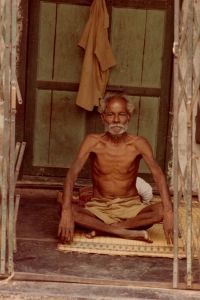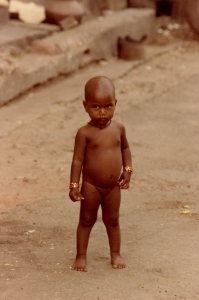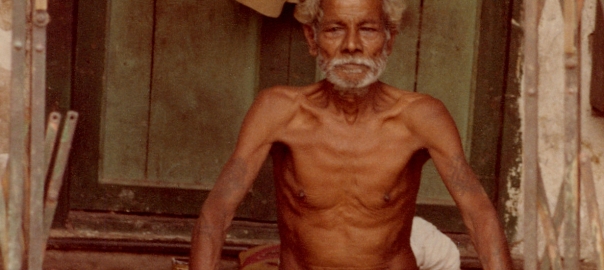Back in the Film Era, taking pictures was expensive.
You’d buy a roll of 24 or 36 exposures, and if you loaded the film really carefully, you might squeeze an extra one or two shots out of each roll. 
Then you shot the photos, put the film in a little plastic canister, and sent it out for developing (unless you had a darkroom). Then you waited 1-3 weeks to see how you did.
It was pretty exciting, actually. You’d open the envelope and hope for magic. If you screwed up, you could ruin the whole roll. The lessons were often learned the hard way.
I shot 100 days and dozens of rolls of film in a dozen countries while circumnavigating the globe in college on Semester at Sea. But I couldn’t develop any of them until I returned home. If the camera had been defective, the entire semester’s memories would be lost. I had to wait months to see what was locked inside the little black cans.
But it taught you to be judicious. When every photo is costly, you make each one count. You expected to get 20 good shots out of a roll of 24, because less than that was a waste. You learned patience behind the lens. You looked through that viewfinder and you waited until you saw the precise shot you wanted, then you snapped it urgently, before the moment was gone. 
Today, photos are cheap. They’re practically free. They’re digital. Go ahead, shoot 100 pics and hope for a good one or two. Click and delete the rest. Download a Fast Cam app on your iPhone and it’ll shoot ten shots per second, so you can capture absolutely everything until you later hunt around for a good one. It’s so much easier. But it’s also different.
Is it better? Maybe. In some ways.
But the old way was more exciting.
